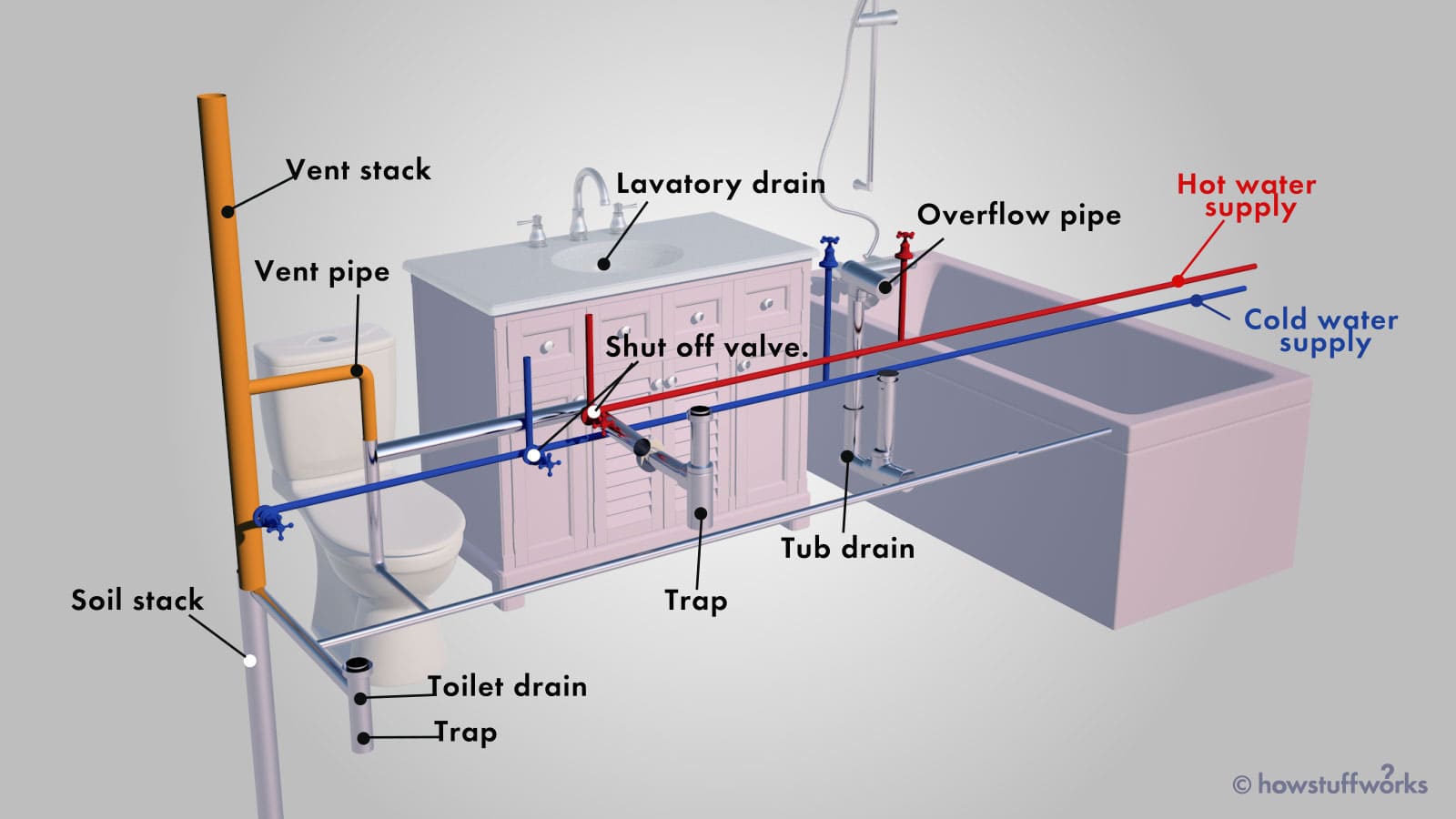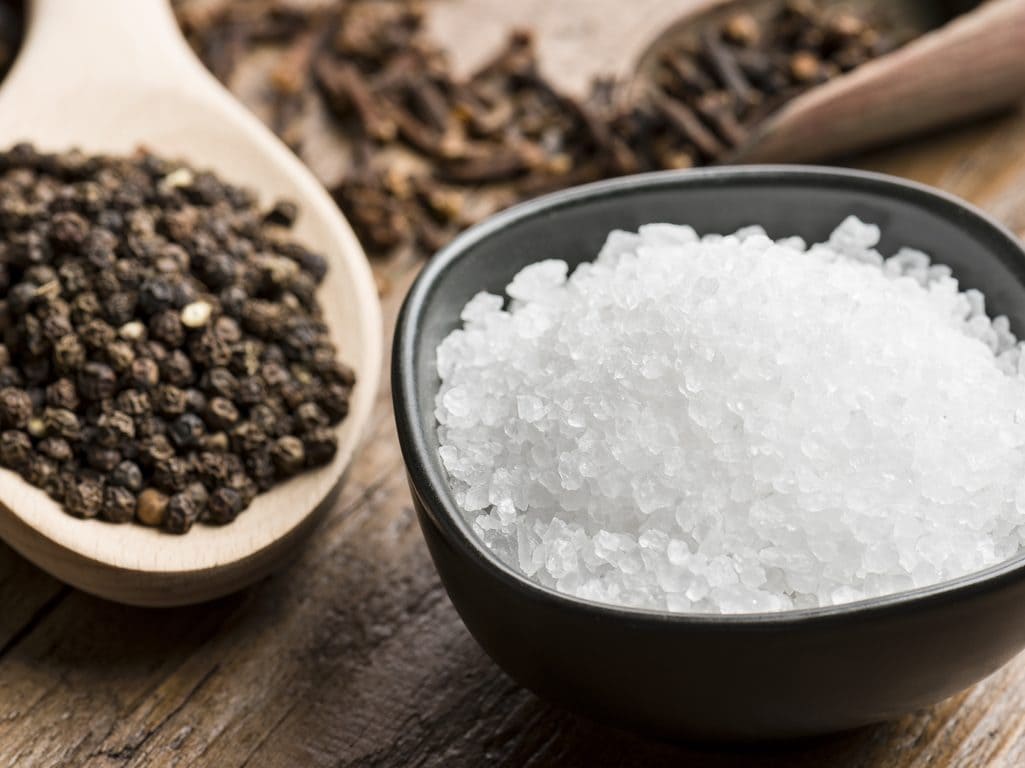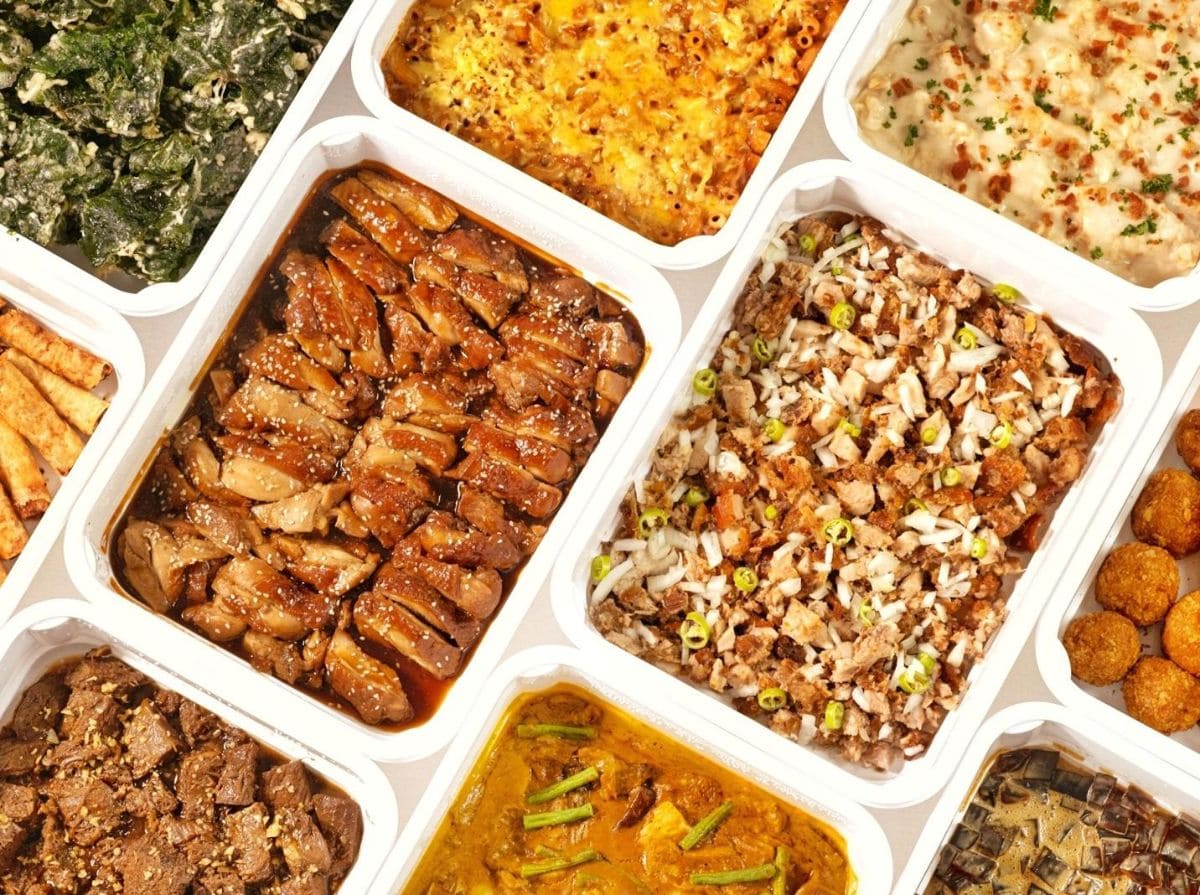In the realm of kitchen plumbing, understanding the intricacies of a plumbing diagram for the kitchen is paramount for ensuring optimal functionality and preventing potential issues. We are dedicated to providing you with a detailed guide to kitchen plumbing that goes beyond the basics, helping you navigate the complexities with confidence.
The Foundation: Key Components of a Kitchen Plumbing System
Sink and Faucet Arrangement
When designing a kitchen plumbing system, the sink and faucet arrangement form the cornerstone. Proper installation and positioning are crucial to facilitate efficient water flow and drainage. We recommend opting for high-quality faucets with durable materials to enhance longevity and reduce the risk of leaks.
Drainage Configuration
A well-thought-out drainage configuration is essential for preventing clogs and ensuring smooth water evacuation. Our experts emphasize the importance of incorporating a reliable garbage disposal unit to manage food waste effectively, keeping your kitchen pipes clear and odor-free.
Understanding the Plumbing Layout
Hot and Cold Water Lines
In a comprehensive plumbing diagram for the kitchen, the delineation of hot and cold water lines is pivotal. Installing insulating materials around these pipes helps maintain water temperature, conserving energy and enhancing overall efficiency. We advocate for regular checks to identify and address any potential leaks promptly.
Ventilation System
Often overlooked, the ventilation system in kitchen plumbing plays a crucial role in maintaining the right air pressure. Adequate ventilation prevents the formation of airlocks, ensuring seamless water flow and preventing unwanted noises in the plumbing system.
Troubleshooting Common Kitchen Plumbing Issues
Addressing Clogs
One of the most prevalent issues in kitchen plumbing is clogs. To combat this, we recommend the use of enzyme-based drain cleaners that break down organic matter without causing harm to your pipes. Additionally, incorporating a drain strainer can prevent larger debris from entering and causing obstructions.
Leak Detection and Repair
Early detection of leaks is imperative to prevent water damage and mold growth. Regularly inspect under-sink cabinets and the areas around appliances for signs of moisture. If a leak is detected, seek professional assistance promptly to prevent further damage.
Upgrading Your Kitchen Plumbing System
Energy-Efficient Fixtures
Embracing sustainability is not only environmentally conscious but can also result in long-term cost savings. Consider upgrading to energy-efficient fixtures that minimize water wastage without compromising performance. This includes low-flow faucets and water-saving appliances.
Smart Technology Integration
The future of kitchen plumbing lies in the integration of smart technologies. Smart faucets, leak detectors, and water monitoring systems offer real-time insights into your water usage, allowing for proactive measures to conserve resources and reduce utility costs.
Conclusion: Elevate Your Kitchen Plumbing Knowledge
In conclusion, a well-designed and efficiently functioning kitchen plumbing system is crucial for a smoothly operating household. By understanding the intricacies of a plumbing diagram for the kitchen and implementing best practices, you can enhance functionality, prevent issues, and contribute to a sustainable and eco-friendly home.





